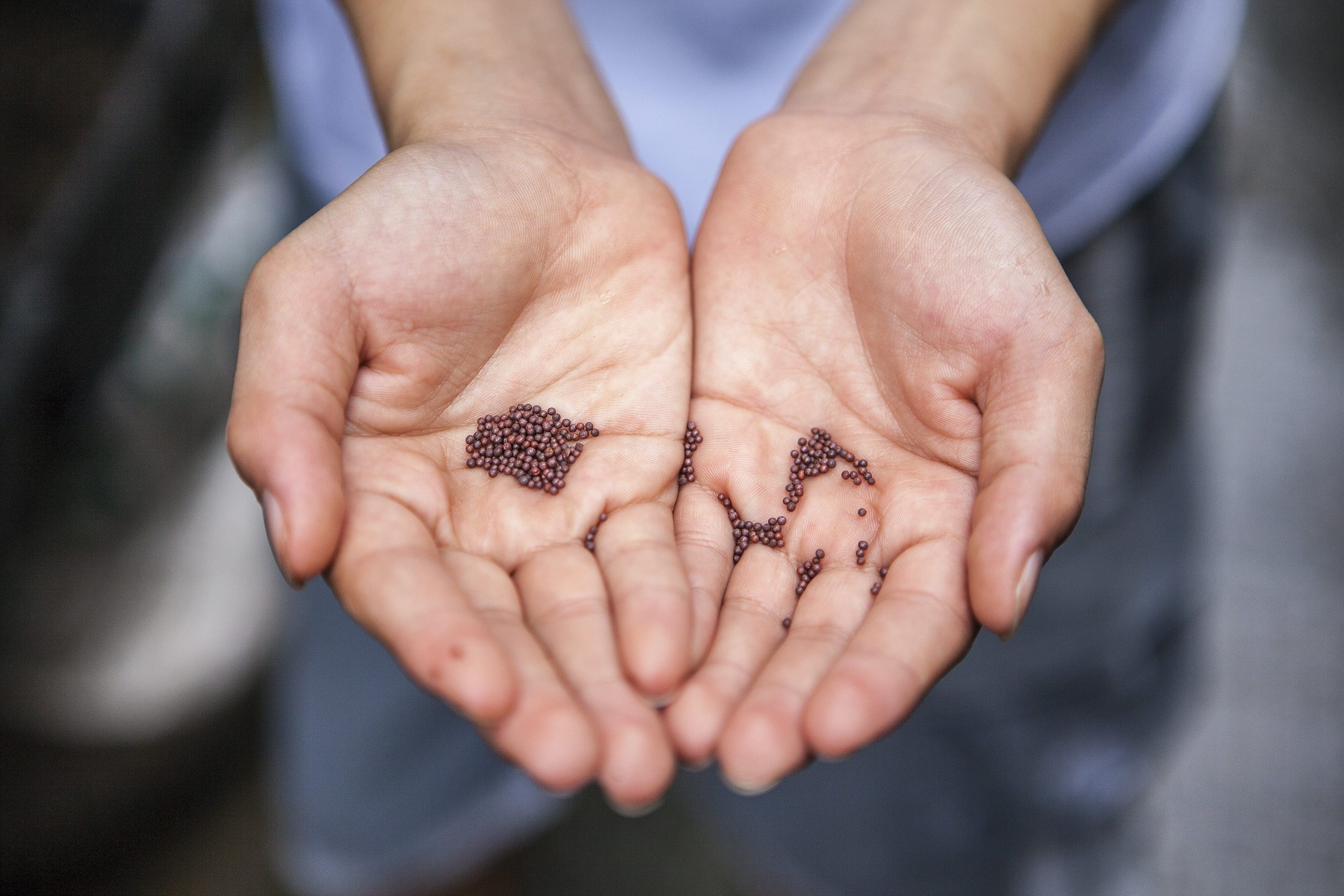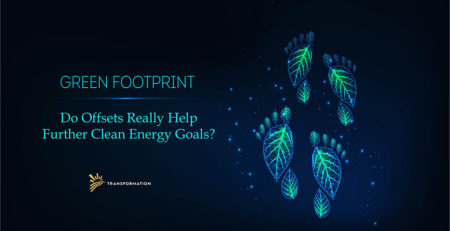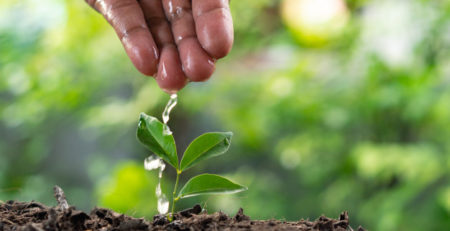Achieving Sustainable Agriculture with the Latest Technologies
The next agricultural revolution might be brought about by a reduction in unusable plant biomass. This can be done by breeding shorter-stature plants, either by selecting existing varieties or engineering new varieties that feature adjustments to plant hormone levels. However, monitoring those plants will also be necessary to check whether those adjustments have resulted in increased yield. While doing so, it would also not hurt to identify problems that might result in lower yield.
While shorter-stature plants remain under development, there are steps we can take right now to utilize the latest technologies to sustainably improve crop yields. Remember that sustainable agriculture seeks to meet society’s present needs without compromising the ability of future societies to meet their needs. This typically involves good stewardship of the natural systems and resources that farms rely on. Greater sustainability thus can be aided through technologies that improve that stewardship.
In this article we will cover four broad types of technologies that are currently benefiting both crop yields and sustainability, and end with a quick glimpse into the future of agriculture.
Artificial Intelligence
AI in agriculture is an area ripe for innovation because it can enable many different positive outcomes for farmers. Take, for example, the applications of deep learning on agriculture. Deep learning is a subset of machine learning which itself is a subset of AI. It utilizes deep neural networks to perform several operations on images:
- Using deep learning, a model can be learned from a large image dataset to classify portions of images into one of several classes, which would be useful for classifying land cover into vegetation and non-vegetation types. It can also be used to generate a map of soil moisture, aiding water management for improved sustainability.
- Deep learning can also aid in object recognition, for example the classification of weeds vs. non-weeds, which has been so useful for Blue River Technology that they were recently acquired by John Deere. If a weed can be identified, pesticide can be directly applied to that weed, reducing pollution and waste.
- Lastly, deep learning can be used for semantic segmentation, which is essentially drawing an outline around an object such as a plant to separate it from the background. Using this method, one can count individual plants against a background, enabling yield estimation.
Sensors
Sensors and AI are a powerful combination. On-the-ground sensors provide the raw data input for AI models that allow plants to be selected based on whether they should be bred or not. This would be useful in generating shorter-stature plants that would be more efficient at converting solar energy into edible biomass. The enabling technology is a capacitive soil sensor that detects root growth, a sign of a healthy plant. Above-ground growth is also monitored, then these multiple data sources are fused together to build machine learning models of which plants should be bred.
There are many sensor types – optical, electrochemical, mechanical, and dielectric soil moisture sensors – all of which need to communicate with a central hub, each other, or both to transmit necessary data. These sensors all become part of the Internet of Things, IoT for short. This communication requires both energy as well as enough bandwidth over cellular, Wi-Fi, or other protocols so data can be fed into pre-trained AI models for evaluation. The energy used and CO2 emissions produced to run sensors are minuscule compared to the use of cloud resources, but even those resources are becoming more sustainable all the time. Google’s cloud for example, runs on 100% renewable energy.
Imagery
Going one step up from the plant scale, drone imagery provides coverage of small areas at very high spatial resolution, useful for applications where individual plants and plant parts must be visible. Plant counting for yield estimation as well as machine learning on imagery to identify nutrient deficiencies and plant diseases are just two of the applications that drone imagery enables. By contrast, satellite and aerial imagery provide large area coverage at lower spatial resolution, useful for applications where entire fields require monitoring. As individual plants cannot be visually separated at scales of a meter or greater, satellite and aerial imagery are useful for measuring field-scale properties such as productivity, soil moisture, or elevation. Elevation affects drainage patterns and can point to areas where fertilizer runoff might be a problem.
Integrated Systems
Taking a big-picture view of things, there are companies that offer integrated systems that either directly offer or allow for the construction of digital agriculture solutions. For example, Microsoft’s Azure FarmBeats aims to enable users to obtain a multitude of precision agriculture analytics products, from recommendations of how many sensors to use and where to put them, to maps of farm health based on satellite imagery, and even the fusion of both sensor and satellite data to produce soil moisture maps so irrigation can be applied where needed.
Emerging Technologies
We conclude with a quick glimpse into the future of agriculture, as seen through the lens of two emerging technologies. Imagine, for example, augmented reality being used to provide a field-level view of plant health, allowing a farmer donning a pair of special glasses to zero in on precisely the plants that require treatment for disease. Blockchain and blockchain-related technology could be used to create a more secure IoT system for soil moisture and other sensors, allowing a farmer to reduce runoff through variable rate fertilization. As with AI, this too is an area ripe for innovation. We look forward to seeing the products that will result.
Guest Writer:
Dahl Winters is a Chief Technology Officer, she’s developed deep learning algorithms for agricultural yield estimation and anomaly detection.




Comment (1)
[…] more nutritious yields and reduce unusable plant biomass. In her article, Dahl Winters describes how sustainable agriculture can be achieved with the latest technologies such as artificial intelligence, sensors, imagery and integrated […]